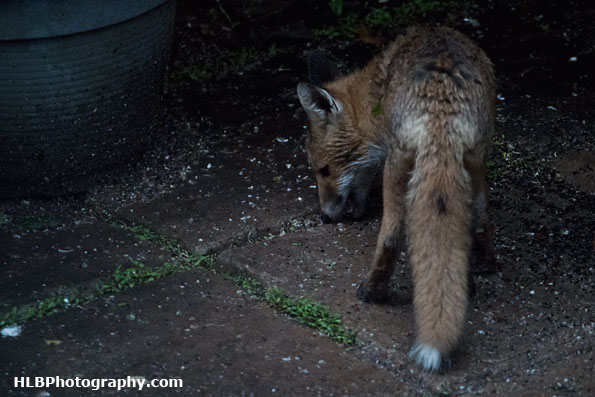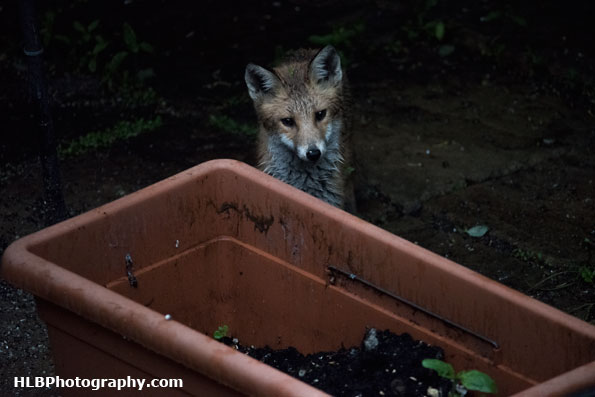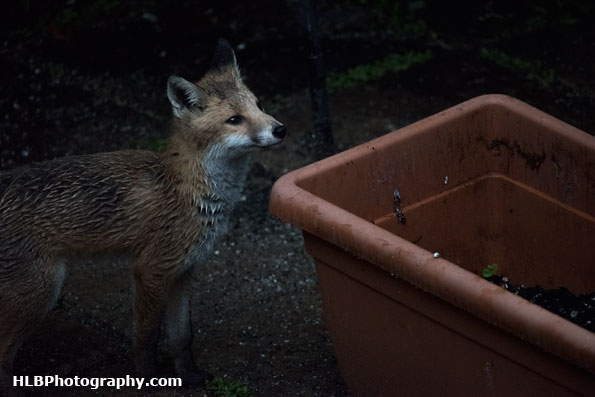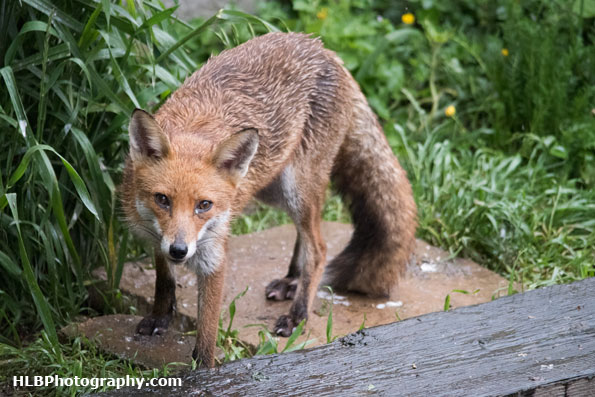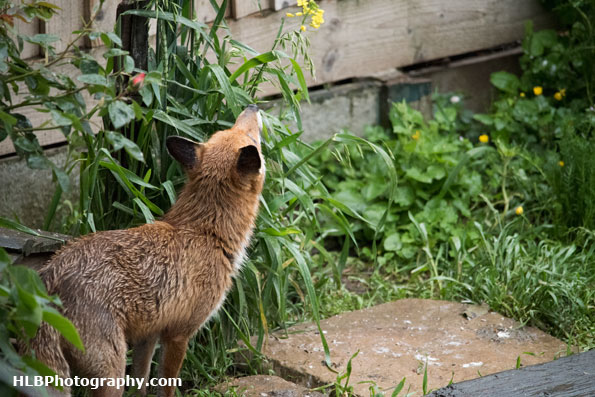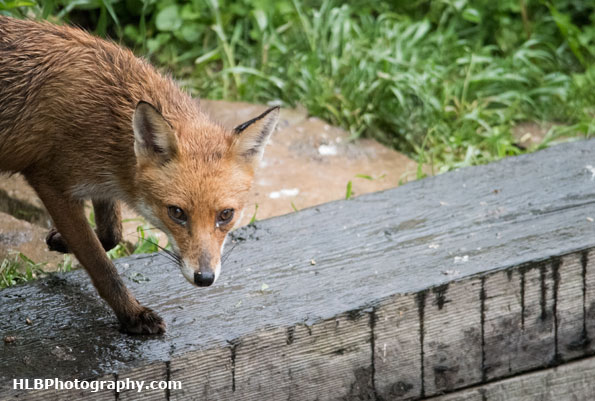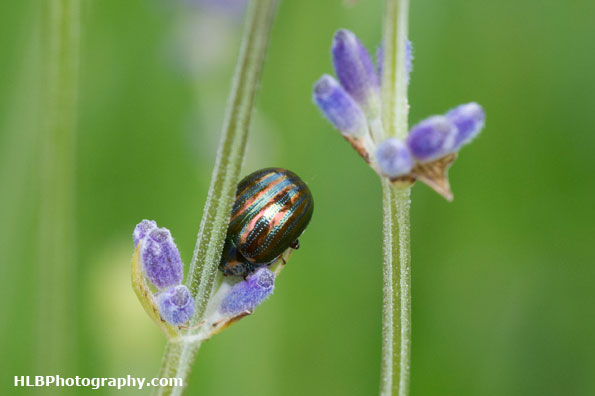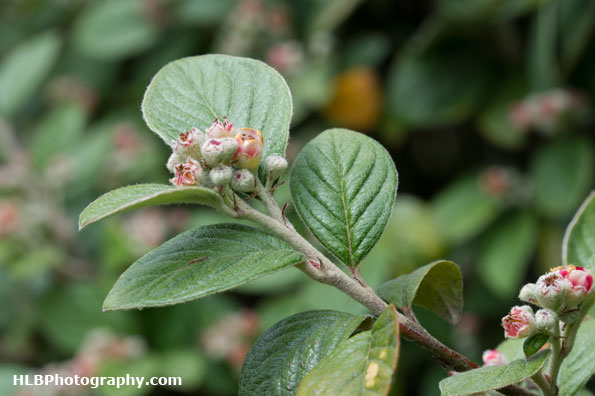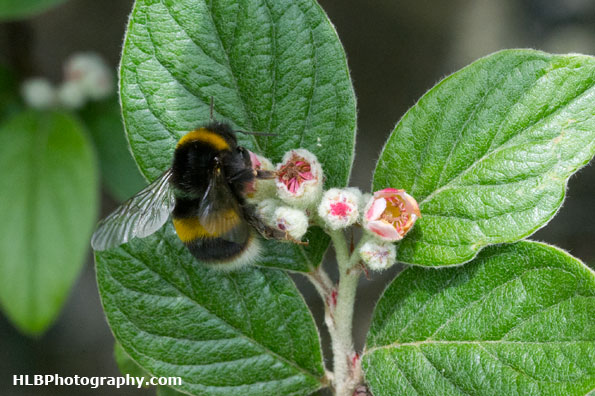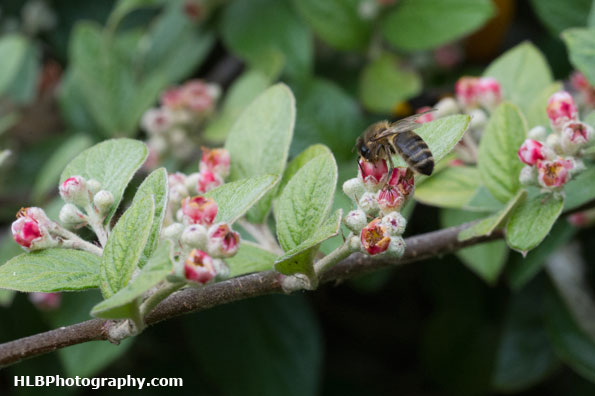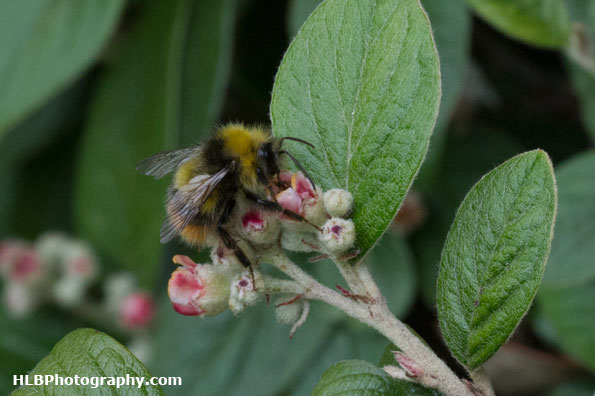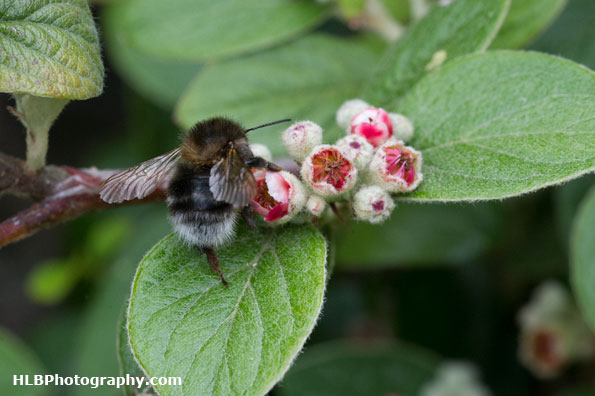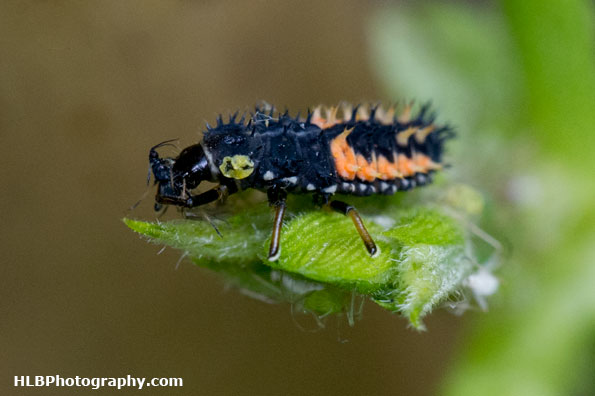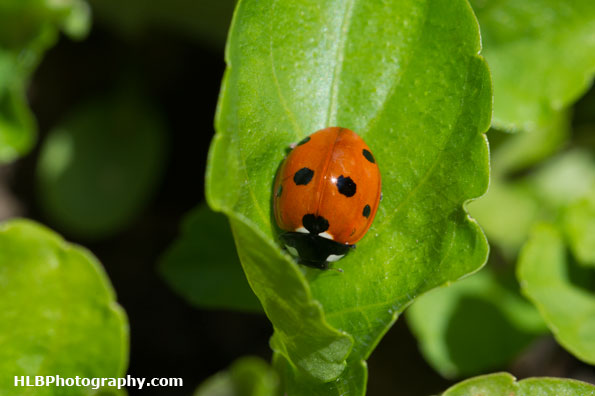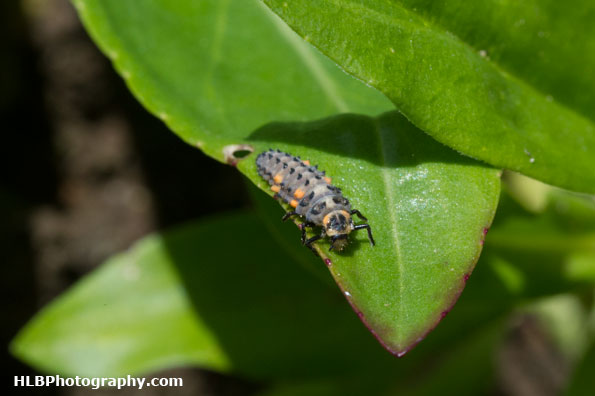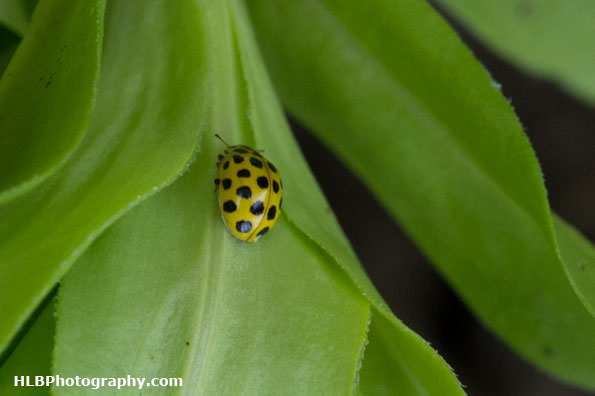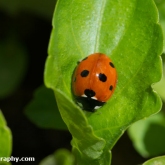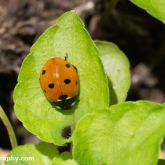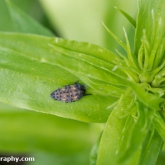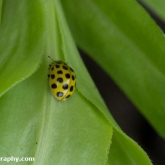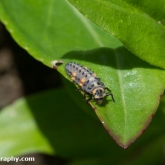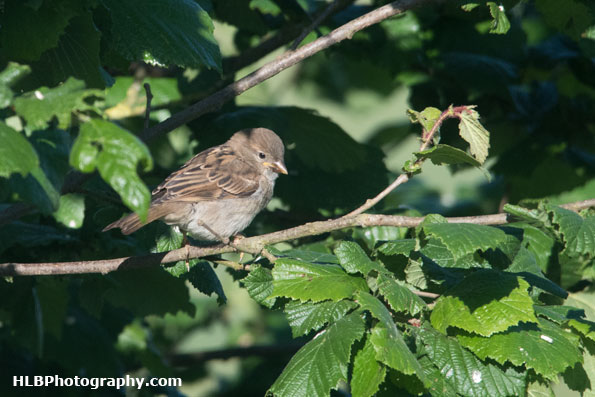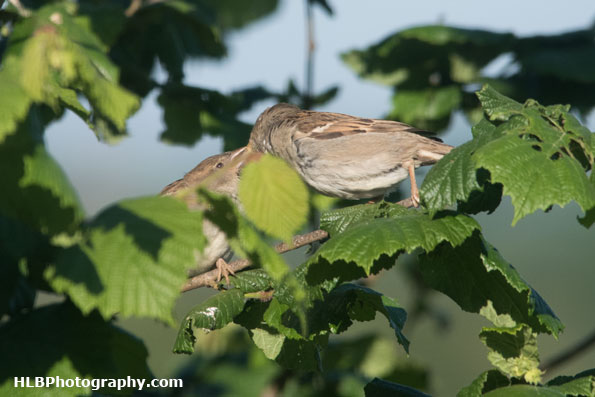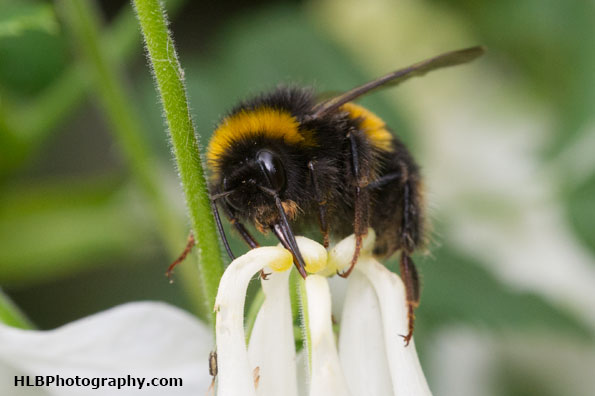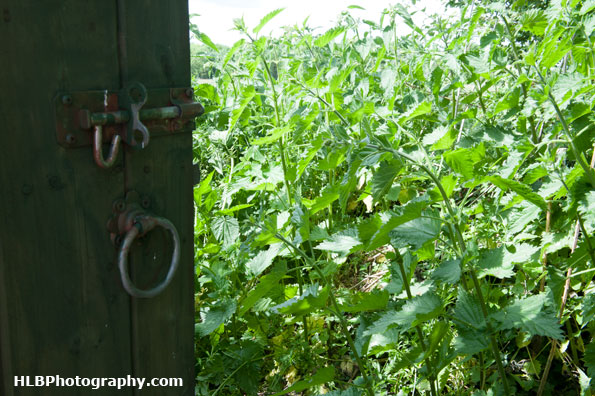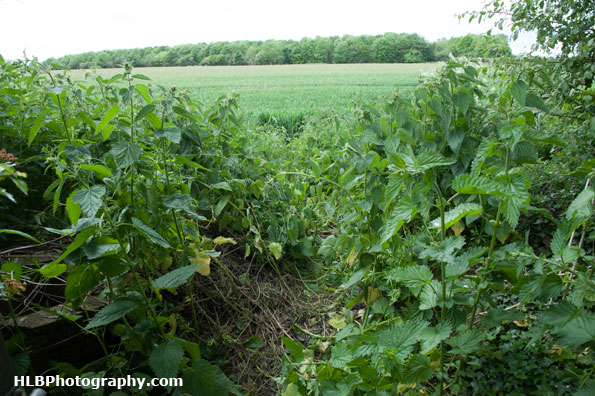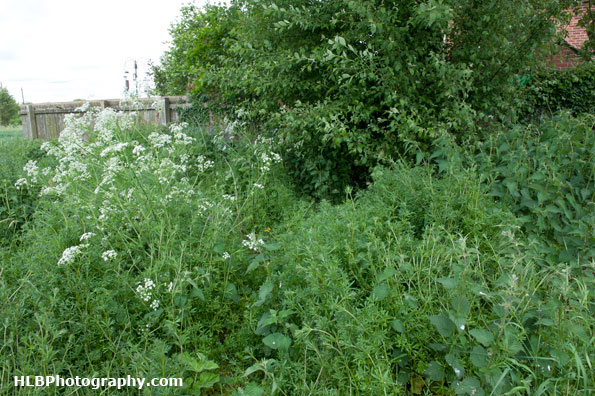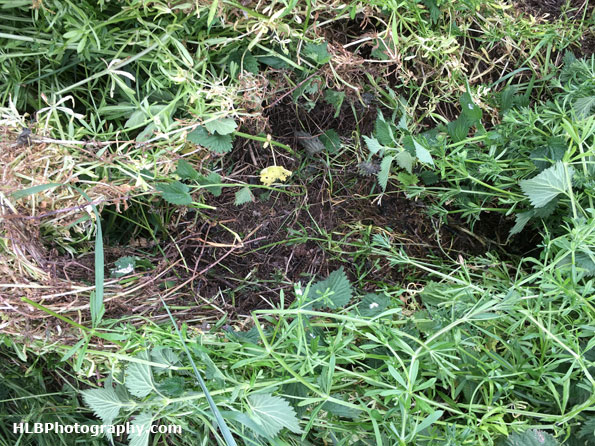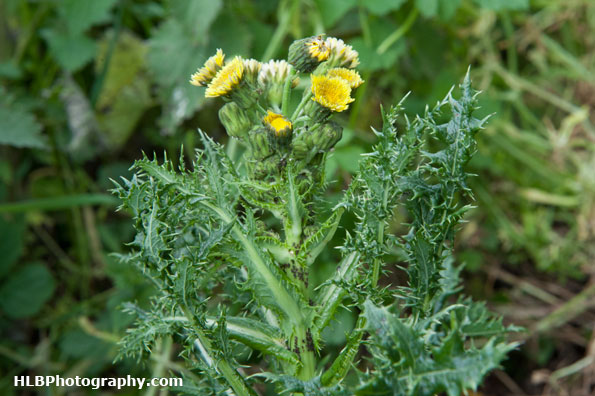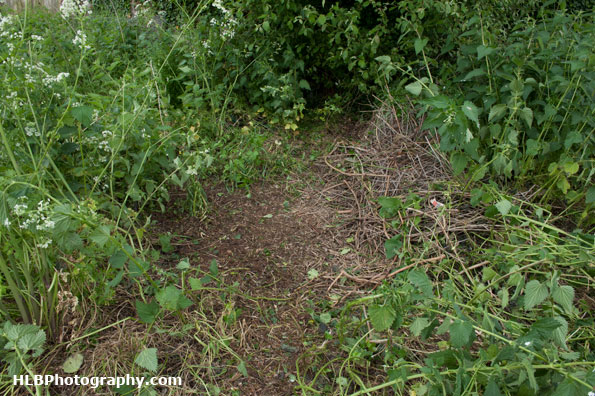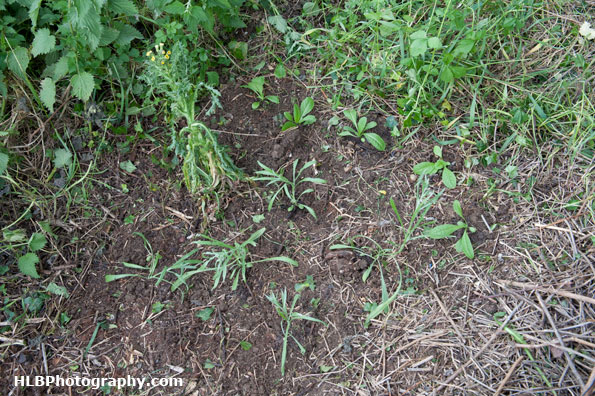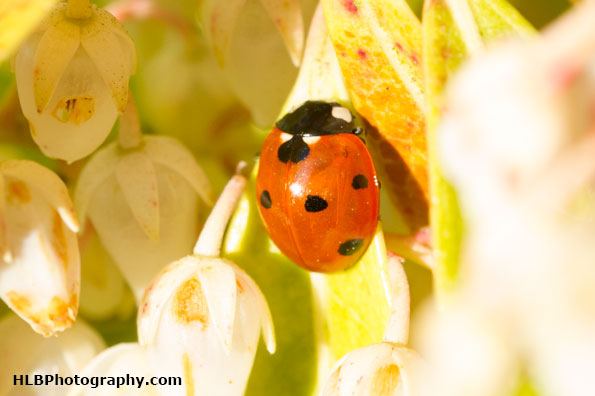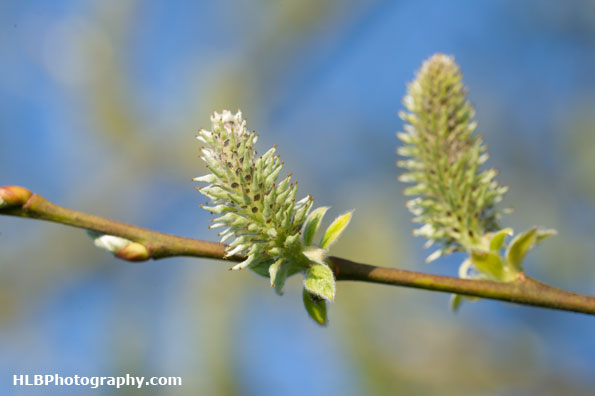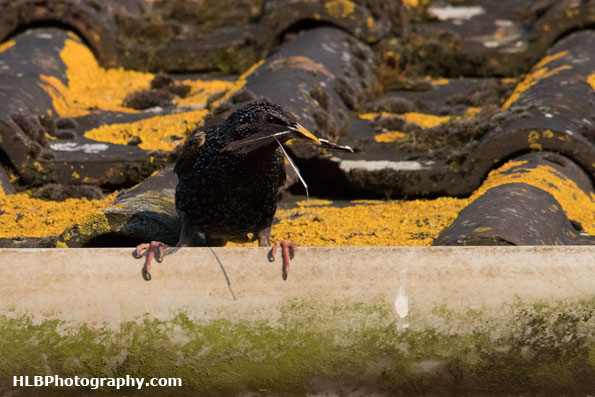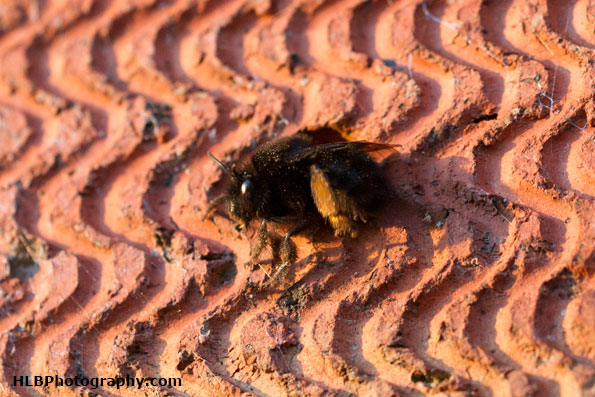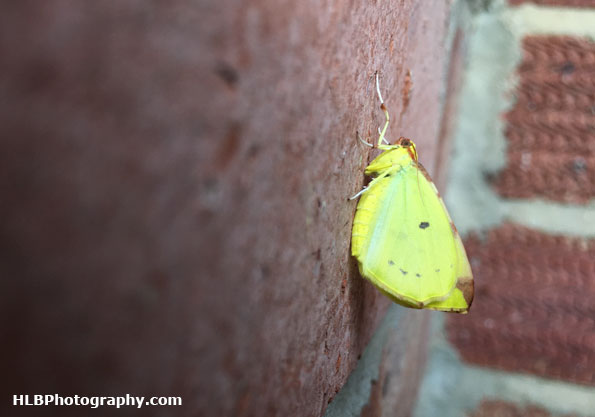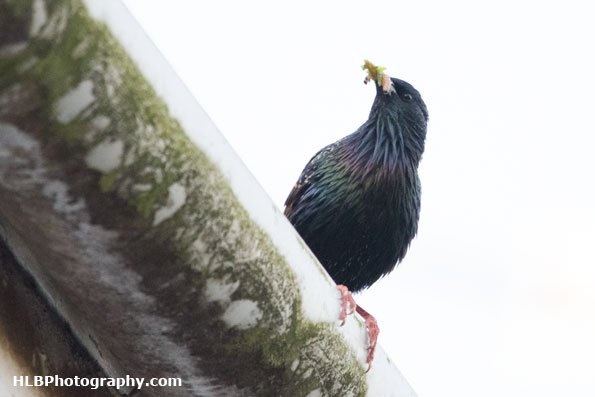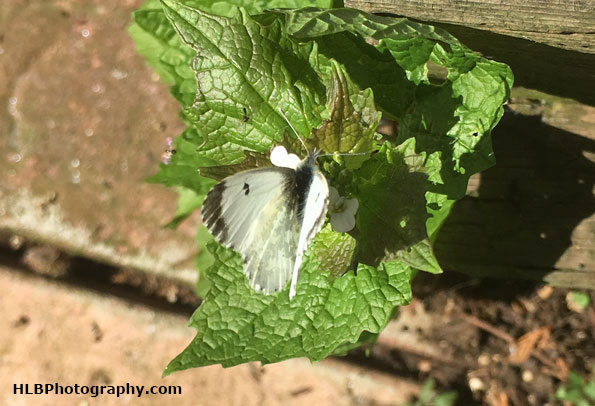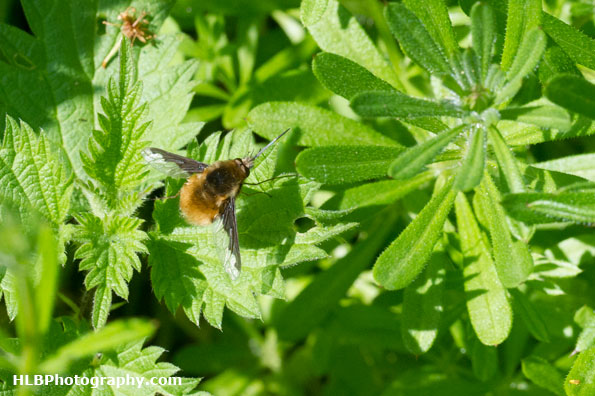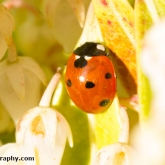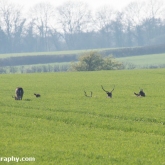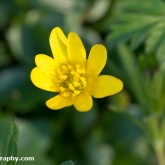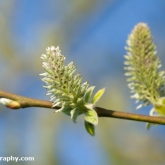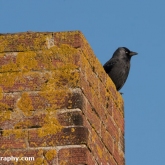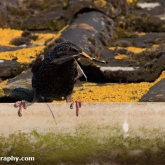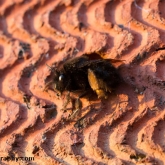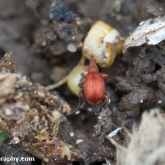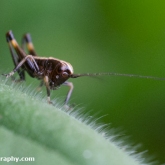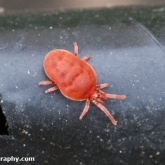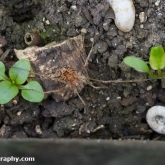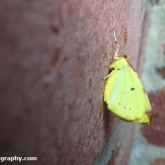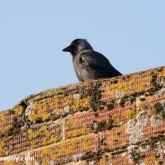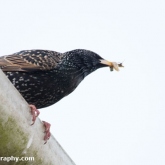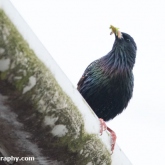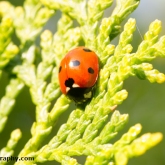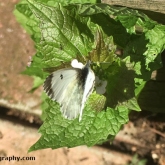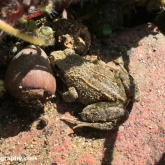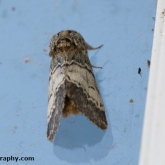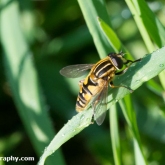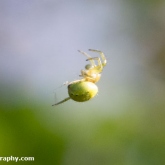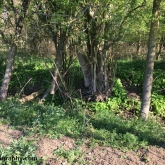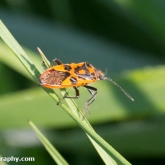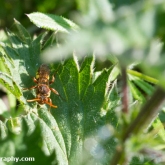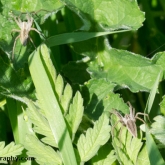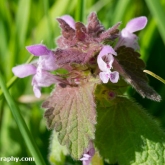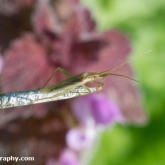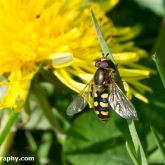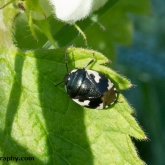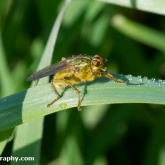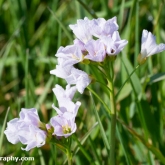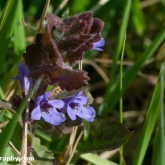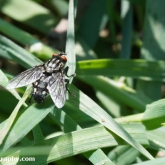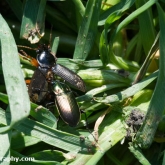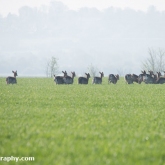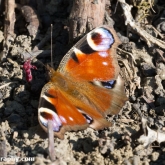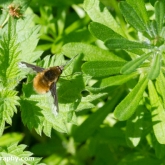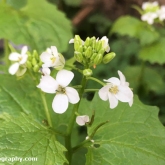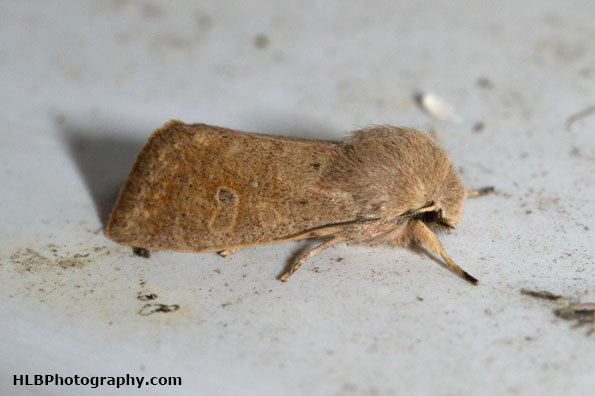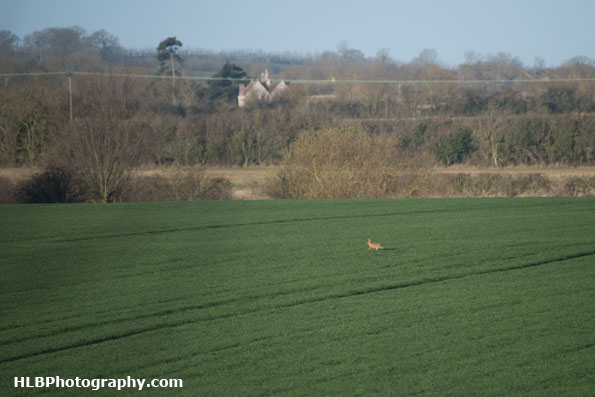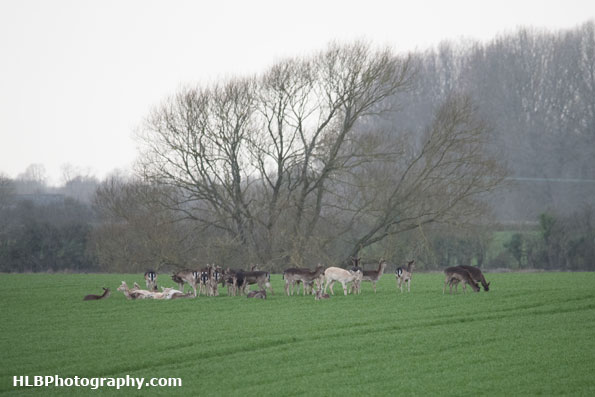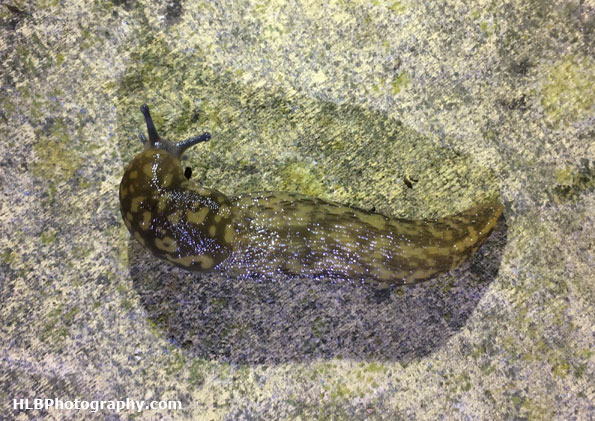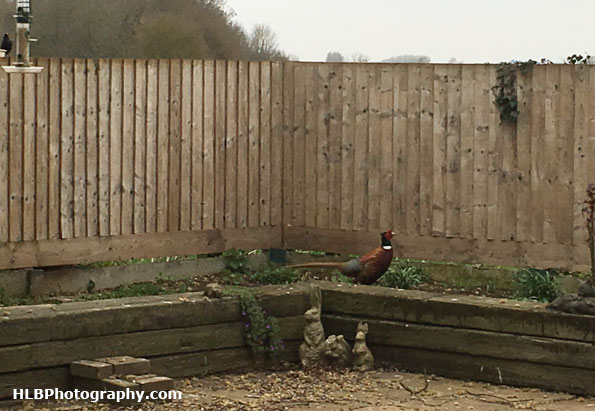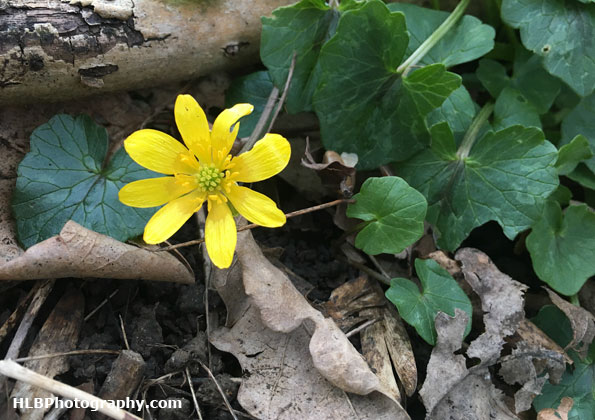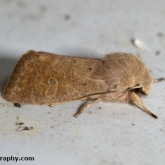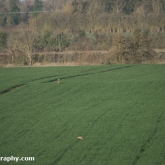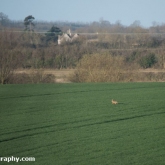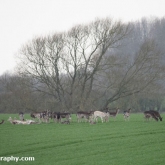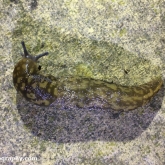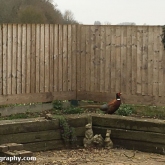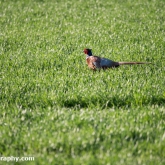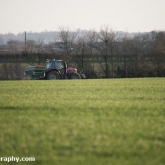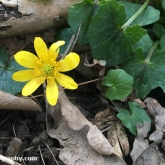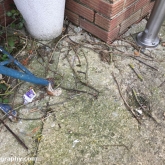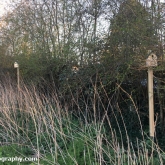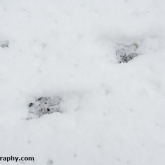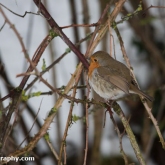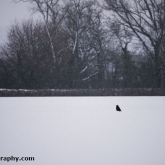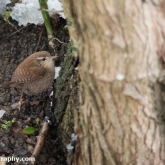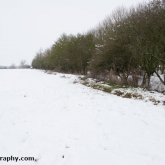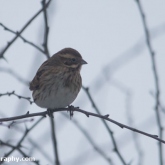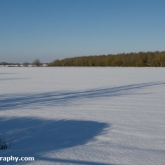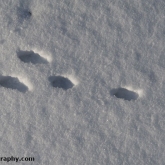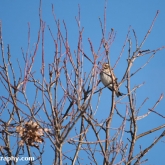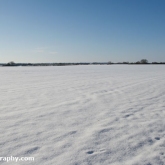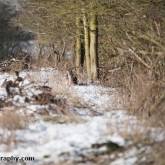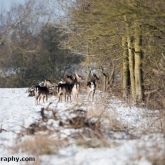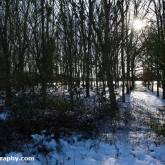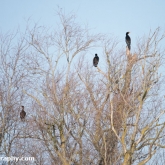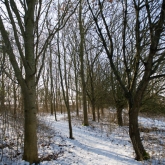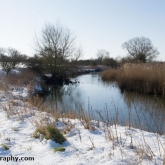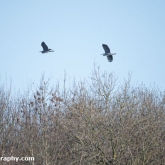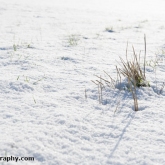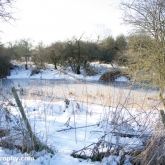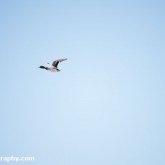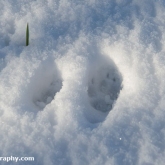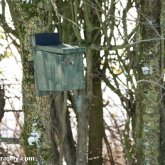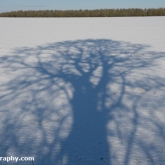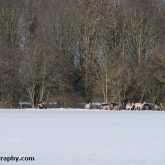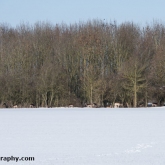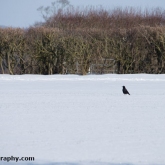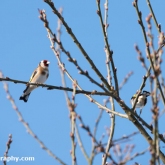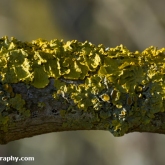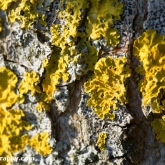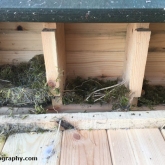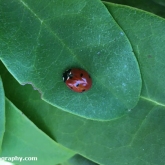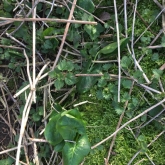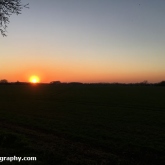February 1st – I managed to get to work in all the snow and at lunch they decided to send everyone home. Of course I didn’t go home I went straight to the patch – I wasn’t going to miss using ‘free time’ to check out what’s going on even if it was snowing! I headed out and over by the copse found deer tracks and found a robin in the brambles. I really liked the monotone colour of the field with the snow falling the carrion crow added to the artistic feel. There were not that many birds on the ground though I did hear a buzzard and overhead 8 lapwing, a black-headed gull and a cormorant all flew over while I was out. I was looking at the trees when a small movement caught my eye, a wren was at the base of tree trunk looking for food in the little bits of ground there where not covered in snow.
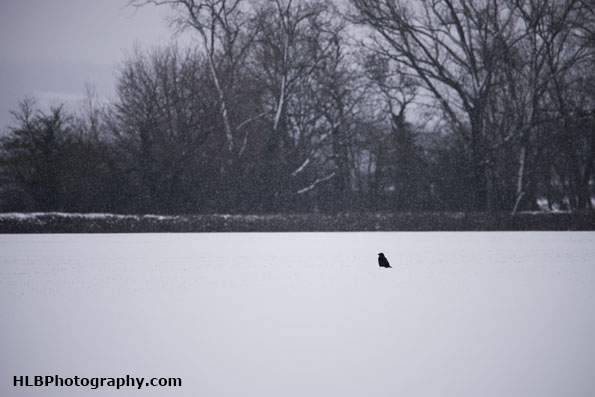
Once back at the house I sat and watched the birds on the feeders: 2 blue tits, 1 great tit, 5 starlings, 1 robin and one bird that made me look twice – a reed bunting! I have never seen one in the field or the garden before so it took me a while to recognise it as I just didn’t expect to see one.
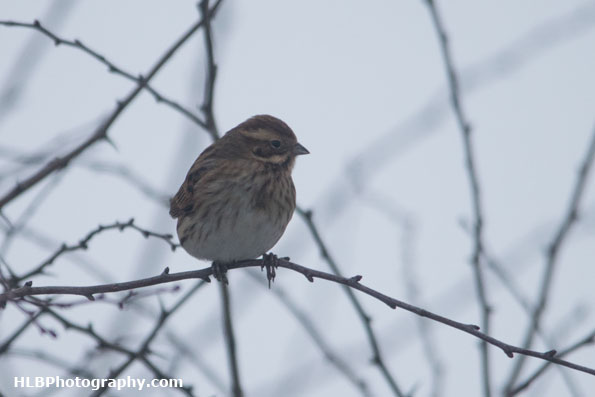
February 2nd – Today was a beautifully sunny day. I had to go out in the field as we don’t get many days like this a year! The only footprints in the field were mine, fallow deer, fox, brown hare and rabbit. No other humans had been there. It’s good to know the creatures of the field don’t get a lot of disturbance. I know people walk down by the river as there are sometimes dog walkers but generally they only seem to be there at weekends. When I reached the copse I could hear a redwing calling, I finally located it at the top of the trees in the hedgerow just opposite.
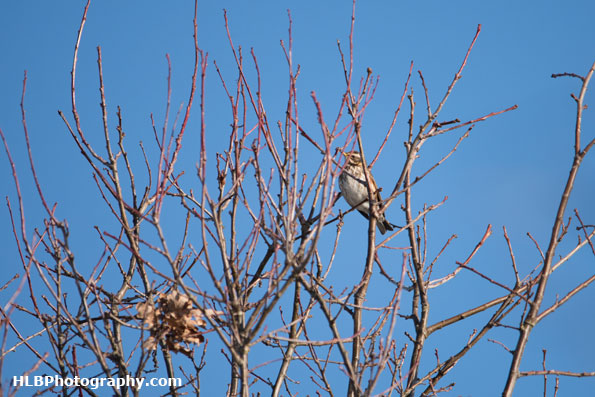
I walked along my normal route down the side of the copse what I hasn’t notice when i walked across the field was the fallow deer led down along the side of the trees, they were really well camouflaged against the brown of the tree trunks. I guess I shouldn’t have been surprised to find them there as they were in the same location where I had noticed the snow had been disturbed yesterday.
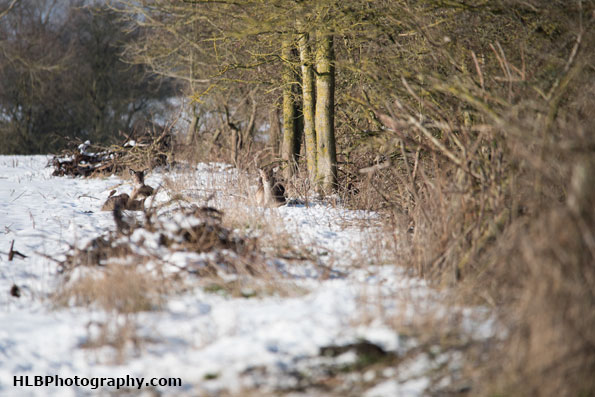
I didn’t want to disturb them so I walked in the next field over on the other side of the copse. The sun shining through the trees looked really pretty. It was hard work walking down to the river as the snow seemed to be deep on this side of the trees, in some places it was half way up my calves!

As I reached the river I noticed three cormorants sat in one of the trees further downstream. I wouldn’t have normally seen them as I wasn’t technically in my patch. I have seen the odd one fly overhead so its nice to know there is more than one passing through. There were lots of hoof prints down by the river, the deer must use the copse to get to the river to drink. It is actually really useful to go out in the snow when no other humans have been about as the animal tracks have given me a much better idea of how they use the features of the field.
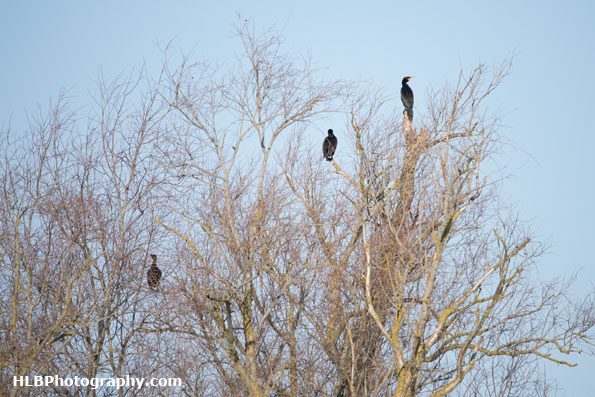
I haven’t really got to grips with the river yet and this summer I would like to spend some more time there (though I might need to tame some of the vegetation so I can actually see the river!). I heard a moorhen, saw a blue tit on one of the trees, two pairs of mallard swam by and four long-tailed tit worked their way along the bank from tree to tree. There are large gaps between each tree so maybe there needs to be a couple of extras added for them. I felt like a rabbit at one point as shadows moving along the ground caught my eye, thankfully in my case it didn’t mean danger just two grey heron flying over.
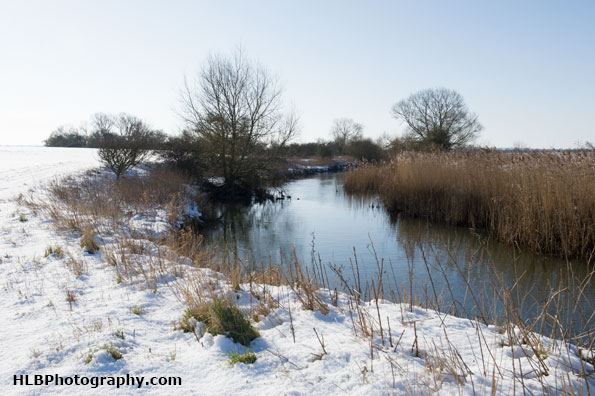
I decided to walk all the way around the field so not to disturb the deer on my walk back to the car. It looks as though they generally only venture to the copse, the river and the ‘island’ which I believe was a meander in the river which had been altered to straighten the river once more. I do however think this could also be the reason the river bank is eroding and the trees are leaning in the river as they loose their stable ground. According to the land owner the river is much wider now than it was when he was a child.
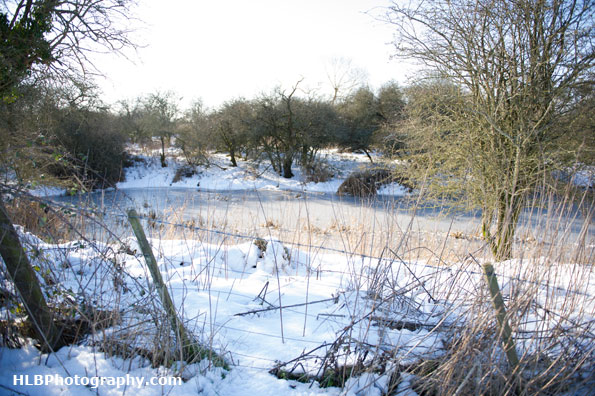
As I walked along the far edge I noticed fox prints, there were more towards the barn and I think it may have caught something as the snow was all scuffed up but there were not any signs of what it might have caught. It looks like it could have been hiding in the hedge and pounced out. I noticed a bird box on one of the trees which I haven’t seen before, they have cleared the ditch so I guess that’s why it’s visible now. I wanted to check to see if had been used but I don’t know who has put it there and didn’t want to interfere. One of the trees was old enough, to be large enough, for me to stand against its trunk, I liked the shadow the sun was casting of it on the snow.
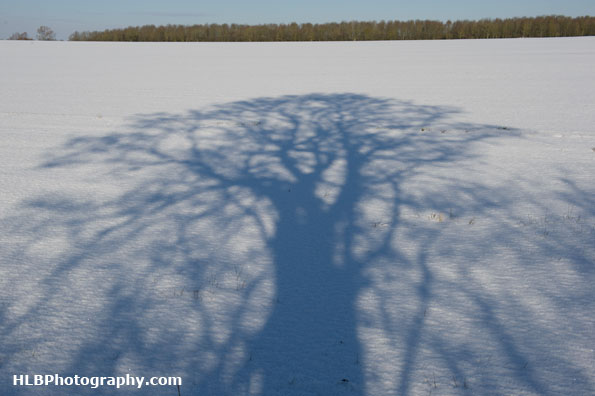
I had reached the barn but had to be conscious of the deer that were still relaxing on the other side of the field. I didn’t want to spook them so moved slowly and stopped regularly to check on them and take more photos 🙂
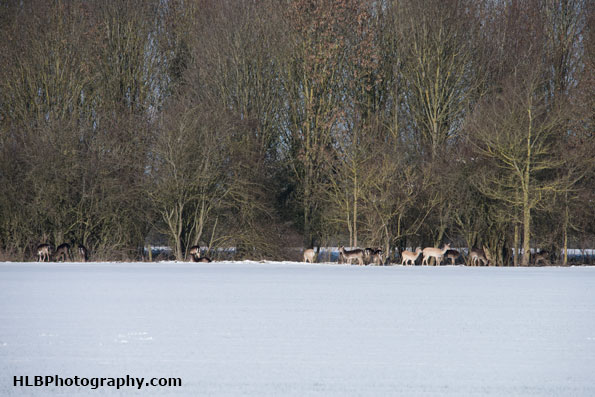
February 14th – 20:25 no owls heard – none heard all week
February 17th – The swans have returned 🙂 There were three in the field down by the river. I wonder if they will stay; there were numerous feeding on the crop shoots last year.
This evening I cleaned out all of the nest boxes ready for this season. I know last year a great tit started to build a nest in the starling box, what I hadn’t realised was it made a full nest; I don’t think it raised any young, though now I’m not sure and wonder if I missed the signs. The sparrow terrace had a nest too! Last year there were no signs of nesting in it at all and I was expecting to have to relocate it this year. Seeing there has been some success all the boxes were put back in the same locations. Fingers crossed for more nests this year…
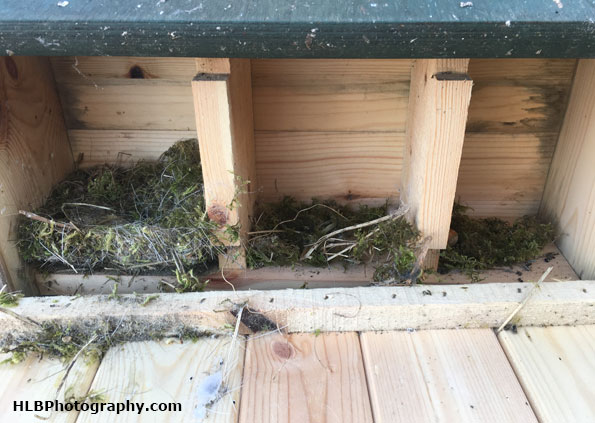
February 22nd – I spent the day in the garden cutting back the hawthorn hedge. The birds were not happy with me; a) because I was in the garden and they didn’t want to go to the bird feeder on the left side (their favourite feeder) and b) I was cutting down their favourite place to sit before they dart onto the feeder! I have promised them that once the fence has been jet washed and painted I will make sure there are some shrubs in pots put next to the feeder that they can use as additional cover. The great spotted woodpecker kept landing in the goat willow tree, then I noticed another land close by, they seemed to have a disagreement and one flew off. If I sat quietly on the garden bench, one would come down and feed on the feeders a few meters away. Later on I heard drumming in the distance. I spotted my first 7-spot ladybird on one of the plants and a bumblebee was buzzing around but I didn’t manage to locate it to find out what it was.
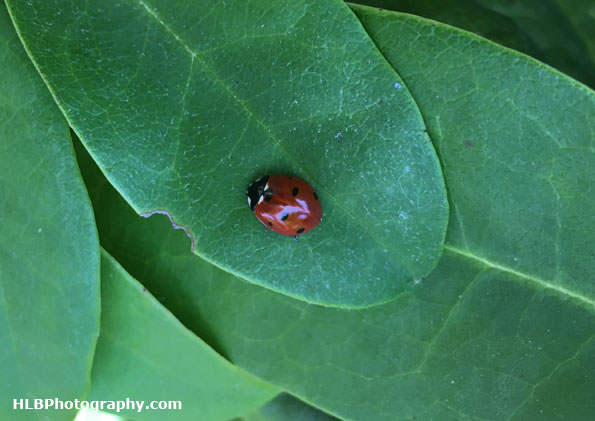
It does worry me that the insects are out already, that its going to be warm all weekend and it could possibly get cold again. What worries me more is the majority of people don’t see this as worrying. Colleagues at work were talking about how nice the weekend was going to be and that soon they will be able to get the BBQ’s out etc, I mentioned the insects and they sort of went quiet (I often feel like the odd girl in the corner that doesn’t talk about normal things!). A couple of people engage with talking about their gardens and planting some flowers for the insects – a couple is better than none.
I know there is a lot more in the news about the issues we face but I’m not sure people really see what’s going on around them or how everything interacts – I guess they just aren’t interested. I managed to convince my office to be more aware about crisp packets; to collect all their empty packets so they can be sent off for recycling. I was known as the ‘girl collecting crisp packets’ for a while after my office manager agreed I could have a box behind my desk for them, but now people from other departments sometime drop off used packets too! In my mind any packet collected is better than it ending up in landfill. I’m just not sure how we convince everyone to care about it! I think they have to see the effects with their own eyes to understand how it actually effects them.
February 25th – 19:55 no owls – none heard all week
February 27th – there were 19 fallow deer in the field at sunset. The long-tailed tits wanted to get to the fat balls to feed, they weren’t happy I was stood in the way watching the deer, they were shouting at me from the hazel tree, I moved so they could feed. Two tree sparrows were following each other through the jasmine looking for bugs, they flew off together, I hope they find one of the nest boxes nearby, though last year some did nest in the roof space just above the jasmine so fingers crossed.
The mute swans didn’t stayed longer than a couple of days, hopefully they will come back when the crop is more suitable for eating!
